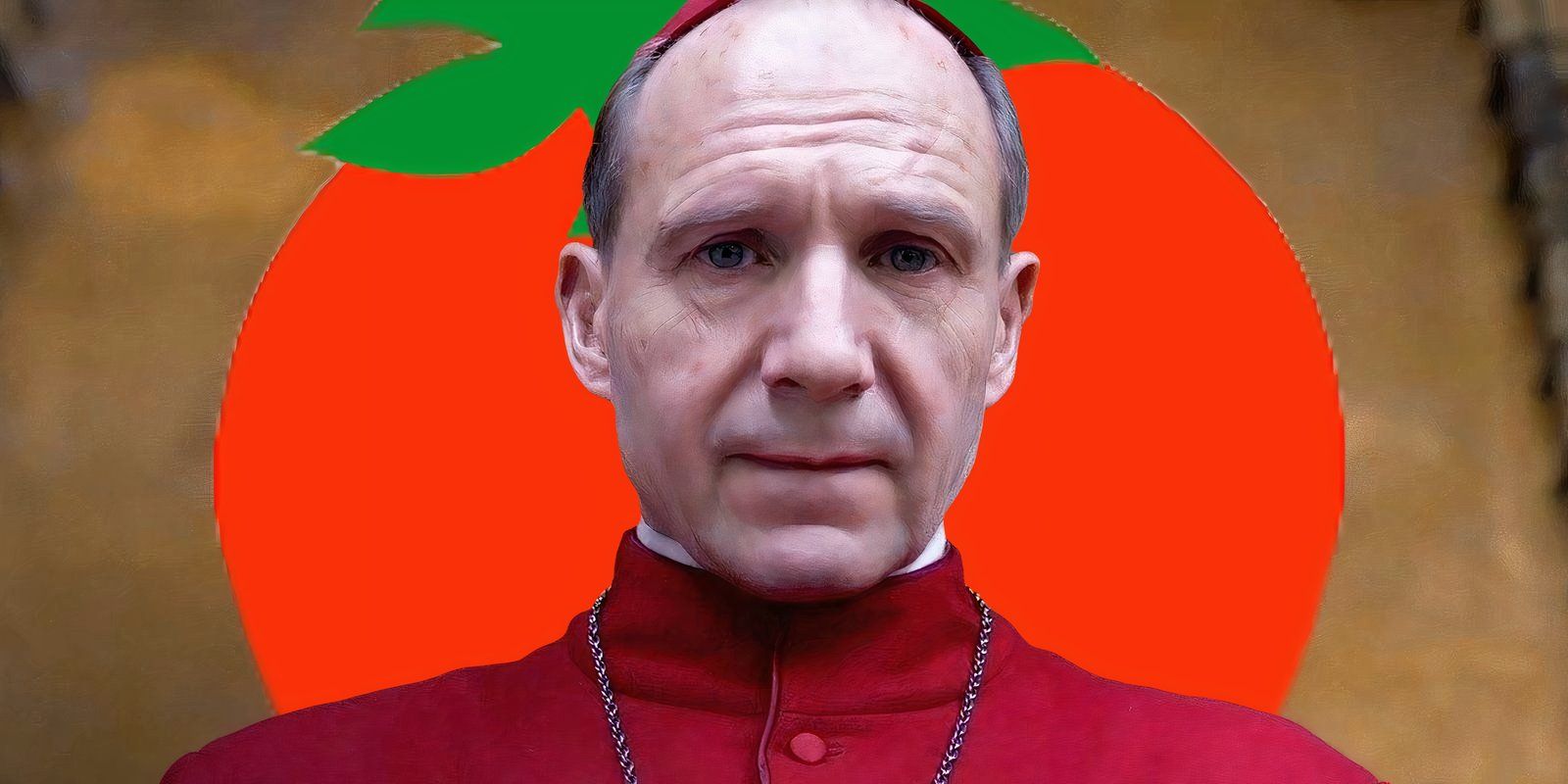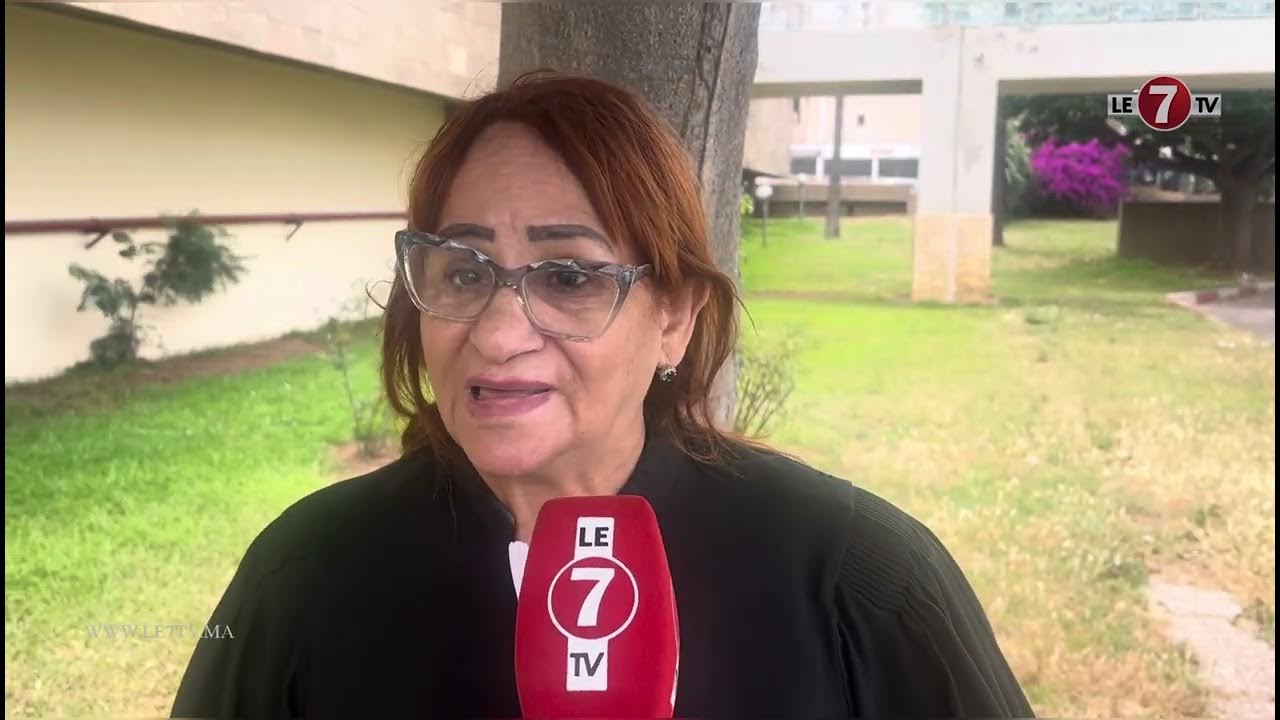A Conclave Explained: The Process Of Selecting A New Pope

Table of Contents
The Death or Resignation of a Pope
The process begins with the death or resignation of the reigning Pope. These events trigger a precisely defined set of procedures. The death of a Pope is solemnly announced, typically by the Cardinal Camerlengo (Chamberlain), marking the beginning of the sede vacante period – the period when the Papal See is vacant. This period, while seemingly somber, is also one of intense preparation for the upcoming conclave.
- Announcement of the death/resignation: This is a formal and public declaration, signaling the commencement of the vacancy.
- The sede vacante period: This interim period involves various administrative and logistical preparations for the conclave, including the summoning of Cardinals.
- Preparation for the conclave: This crucial stage involves securing the location, organizing security, and ensuring the smooth operation of the election process. Keywords: Sede Vacante, Papal Resignation, Death of a Pope.
The Role of the Cardinals
The heart of the Papal Conclave lies with the College of Cardinals. Only Cardinals under the age of 80 are eligible to participate as Cardinal electors. These cardinals, chosen for their wisdom, piety, and experience within the Church, bear the immense responsibility of selecting the next Pope. Their roles extend beyond simply casting votes; they actively participate in the pre-conclave preparations and discussions.
- Cardinal electors: These are the cardinals eligible to vote in the conclave, forming the core body of decision-makers.
- Their roles in pre-conclave activities: Cardinals participate in meetings and discussions leading up to the conclave, addressing administrative matters and setting the stage for the election.
- The significance of their votes: Each vote carries immense weight, contributing to the process of selecting the next spiritual leader of the Catholic Church. Keywords: Cardinal Electors, College of Cardinals, Papal Election, Cardinal.
The Conclave: Seclusion and the Voting Process
The conclave itself is a period of intense seclusion. Traditionally held in the Sistine Chapel, the location is secured to ensure privacy and prevent external influences. The daily routine is rigorous, with cardinals living together and dedicating their time to prayer, reflection, and the voting process. The voting process is strictly regulated, with ballots cast secretly and counted meticulously. The outcome is signaled by colored smoke emerging from the Sistine Chapel chimney – fumata nera (black smoke) indicates no election, while fumata bianca (white smoke) announces the election of a new Pope.
- The Sistine Chapel: The historical and symbolic center of the conclave, it provides the setting for the election process.
- Security measures: Stringent security protocols are in place to maintain the secrecy and integrity of the election.
- The voting ballots: Special ballots are used to ensure the secrecy of individual votes.
- The counting of votes: A complex process with multiple checks and balances to ensure accuracy and transparency.
- The significance of the smoke signals: These visual cues communicate the outcome of the voting round to the world outside. Keywords: Sistine Chapel, Papal Conclave, Voting Process, Fumata Nera, Fumata Bianca.
Election of the New Pope
Once a candidate receives the required two-thirds majority vote, the election is complete. The announcement of the new Pope is a momentous occasion, traditionally proclaimed with the words "Habemus Papam!" (We have a Pope!). The newly elected Pope then appears to the world, receives the papal blessing, and begins his papacy. The new Pope's first actions often set the tone for his pontificate.
- Announcement of the new Pope: A public declaration made from the balcony of St. Peter's Basilica, signaling the start of a new era.
- The Habemus Papam announcement: The historic phrase that announces the successful election of the new Pontiff.
- The papal blessing: The new Pope's first blessing to the gathered crowds and the world at large.
- The new Pope's first actions: These initial steps lay the groundwork for the direction of his papacy. Keywords: Habemus Papam, Papal Election, New Pope, Announcement.
Conclusion
The Papal Conclave, a process as old as the papacy itself, represents a unique and vital aspect of the Catholic Church. From the sede vacante period following the death or resignation of a Pope, to the meticulous voting process within the Sistine Chapel, culminating in the announcement of "Habemus Papam!", each step is steeped in tradition and significance. Understanding the Papal Conclave process provides invaluable insight into the workings of the Catholic Church and the selection of its leader. To learn more about Papal Conclave elections and the history of this fascinating process, explore further resources dedicated to the intricacies of Papal Conclave history and tradition. Deepen your understanding of the Papal Conclave and the weight of its significance.

Featured Posts
-
 Analyzing Trae Youngs Travel Was It A Missed Call
May 07, 2025
Analyzing Trae Youngs Travel Was It A Missed Call
May 07, 2025 -
 The Rise Of Disaster Betting Examining The Case Of The Los Angeles Wildfires
May 07, 2025
The Rise Of Disaster Betting Examining The Case Of The Los Angeles Wildfires
May 07, 2025 -
 How Cobra Kai Expands The Karate Kid Universe A Continuity Analysis
May 07, 2025
How Cobra Kai Expands The Karate Kid Universe A Continuity Analysis
May 07, 2025 -
 Jaky Shan Hqayq Ghyr Mtwqet Stdhshk
May 07, 2025
Jaky Shan Hqayq Ghyr Mtwqet Stdhshk
May 07, 2025 -
 1 050 Price Hike At And T Challenges Broadcoms V Mware Acquisition Plan
May 07, 2025
1 050 Price Hike At And T Challenges Broadcoms V Mware Acquisition Plan
May 07, 2025
